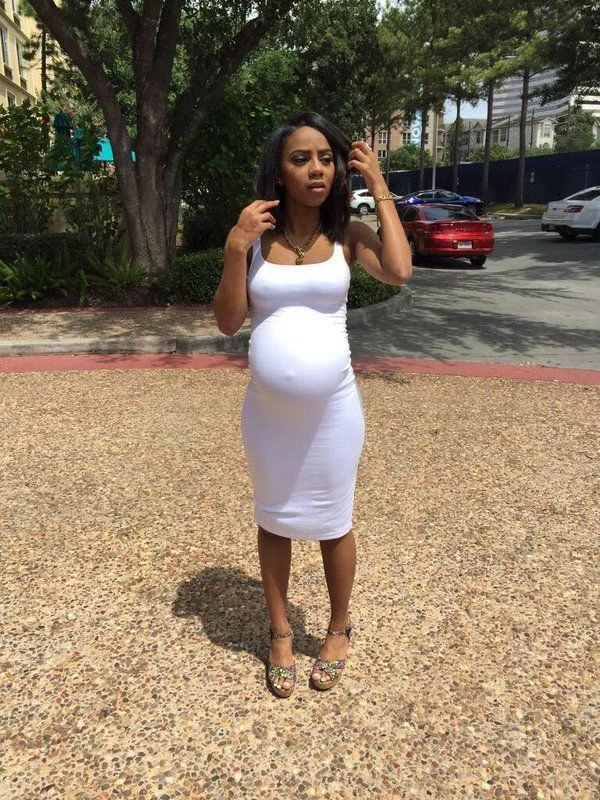At twenty-eight weeks into my pregnancy, I received the devastating news that my baby had passed away in utero. Despite numerous tests, there was no clear medical explanation for this tragic outcome. A midwife at the hospital offered me a comforting hug, prescribed a medication, and handed me some informational brochures, instructing me to wait until labor began. She assured me that I would be “in and out by teatime on Saturday.”
After enduring a grueling twenty-one hours of labor on a cold January night, my daughter, Lily, was born silently. She was placed in a charming straw basket, wrapped in a delicate white sheet. Although I had been warned that she might not resemble a typical newborn due to her growth stasis, she was perfect in my eyes—perfect yet undeniably lifeless.
As my husband and I left the hospital empty-handed, the snow fell softly around us. I felt an overwhelming urge to scream at the bustling shoppers outside, who seemed oblivious to my heartbreak. How could the world continue to turn, to celebrate, when my baby had died?
The initial six months following my loss were some of the darkest times I had ever experienced. I genuinely understood the struggle to get out of bed, the feeling of life’s futility. Yet, amidst this despair, my toddler’s joyful presence slowly began to draw me back to life. Gradually, I stepped out into the world again. I found solace in baking and immersing myself in the comforting recipes of renowned chef Nigella Lawson. I navigated stores, often avoiding pregnant women, and visited friends who had recently welcomed new babies, holding their infants while fighting tears, returning them before I fell apart.
One day, when I was alone in the house, I reached out to a bereavement helpline for Stillbirth and Neonatal Death. I don’t recall my exact words, but I spoke with an incredibly kind man who patiently listened. His compassion provided a small sense of relief, and he encouraged me to call again whenever I needed. For weeks, the thought of that gentle voice waiting at the end of the phone became my lifeline.
Then, one spring morning, I received a call from the vicar who had officiated Lily’s service, informing me about a new baby loss support group opening in town. My heart soared—this was the first flicker of joy I had allowed myself in months. Attending that first meeting felt like coming home. Everyone there understood our shared pain. Although our individual stories were unique, we were united by our love and loss. The gathering became a sacred time for sharing, grieving, and honoring our children.
The friendships I formed there were invaluable, transcending different walks of life. Our group included an author, a midwife, a social worker, and many others. It became clear that stillbirth and neonatal death impacted a diverse range of people. We welcomed young mothers, seasoned parents, and couples who had never before sought support after losing a child. These gatherings became a source of comfort and community, akin to “Chicken Soup for My Soul.”
I no longer felt isolated in my grief. Our meetings evolved into coffee dates and lasting friendships. Although life has since blessed me with a son and taken us to Spain, the connections I made with my support group remain a profound source of comfort. I know that they will always be there for me.
For additional insights on coping with pregnancy loss, consider visiting March of Dimes for excellent resources. You can also explore this article about home insemination methods, or check out this site for guidance on couples’ fertility journeys.
Summary:
This article shares the emotional journey of a mother coping with the loss of her stillborn daughter. The experience highlights the profound grief, the struggle to find normalcy, and the eventual healing through support groups and new connections. It emphasizes the importance of seeking help and building a community during the grieving process.
